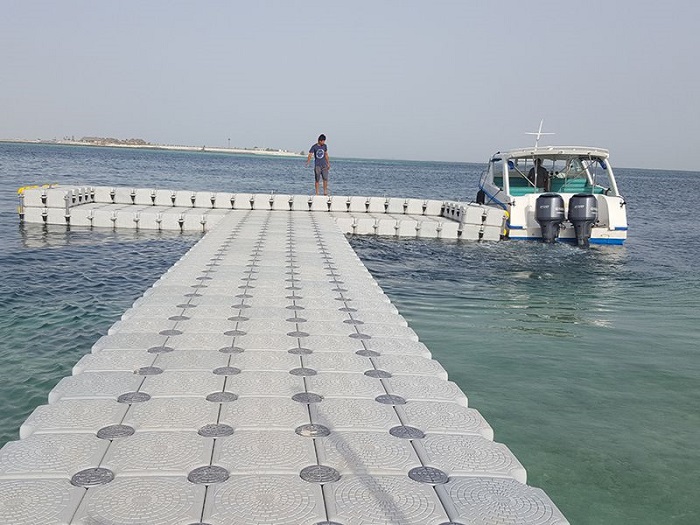What Exactly is Jetties’ Float? And How Does It Work?
Floating jetties are jetty structures which are supported on pontoons and floating floats. They are often placed in water that is not moving or at a certain depth. A floating jetty is a kind of floating boating, or bathing platform. It can also be employed to build floating docks or bridge. The floating docks can be used to build bridges as well as a jetty structure.
Floating jetties are designed so that rowing boats can travel effortlessly along their lengths. There is a wide range of dimensions and designs for these types of structures that can be used for different purposes. Many can be customized to participate in international and national competitions. They are made of strong materials such as concrete and marine-grade aluminum with a polystyrene wrapper. They are more resistant to water than wood.
Floating jetties are a great option in any weather conditions. They are able to float on water and cause no damage to boats or watercraft. Like other types of jettys floating jetties can be constructed of durable and sturdy materials. They are usually made of marine-grade aluminum, concrete, or polystyrene or HDPE lines. They also have a higher water resistance than the timber-based jetty system.
Floating jetties are designed to withstand the extremes of water levels. They are ideal for coastal regions. If you liked this post as well as you want to obtain more information about Plastprodukter – RotoPlast.no kindly check out the webpage. They’re also durable enough to stand up to all types of storms. They aren’t likely to damage watercraft or boats which is why they are loved by so many. And, if you’re wondering: “How do jetties float?” This article is perfect for you. It’s time to move off the ground and construct a floating dock in your backyard. It’s worth it in the end.
Floating jetties are safe in all weather. They are able to withstand severe storms and can withstand high tides without damaging your watercraft or boat. The pontoons are constructed of robust materials like marine-grade aluminum and concrete encased in HDPE lining. Floating pontoons last longer than jettys built of timber, and can withstand the most extreme weather conditions.
Jetties are popular among waterfront homes. Jetties are floating structures which can be fixed to the ground, although they are not fixed. They are constructed of wood and safer than other types. They also cost less than a floating jetty. They can handle rough waters without sacrificing style or safety. They are much safer than an old wooden boat jetty, and can be rowed on them. These jetty are also used for boat ramps and docks.
Jetties provide a variety of solutions to protect waterfront properties. They are able to create a beautiful setting for watersports of all kinds. They are able to create field boundaries and can be used as mooring posts for boats. They are flexible and low-maintenance and make a great alternative to traditional wooden Jetty platforms. They also function as single- or double-jetties that are utilized to launch boats. Many people also make use of pontoons for partying and transport.




